1. The Beatles’ “Sgt. Pepper’s Lonely Hearts Club Band” (1967)
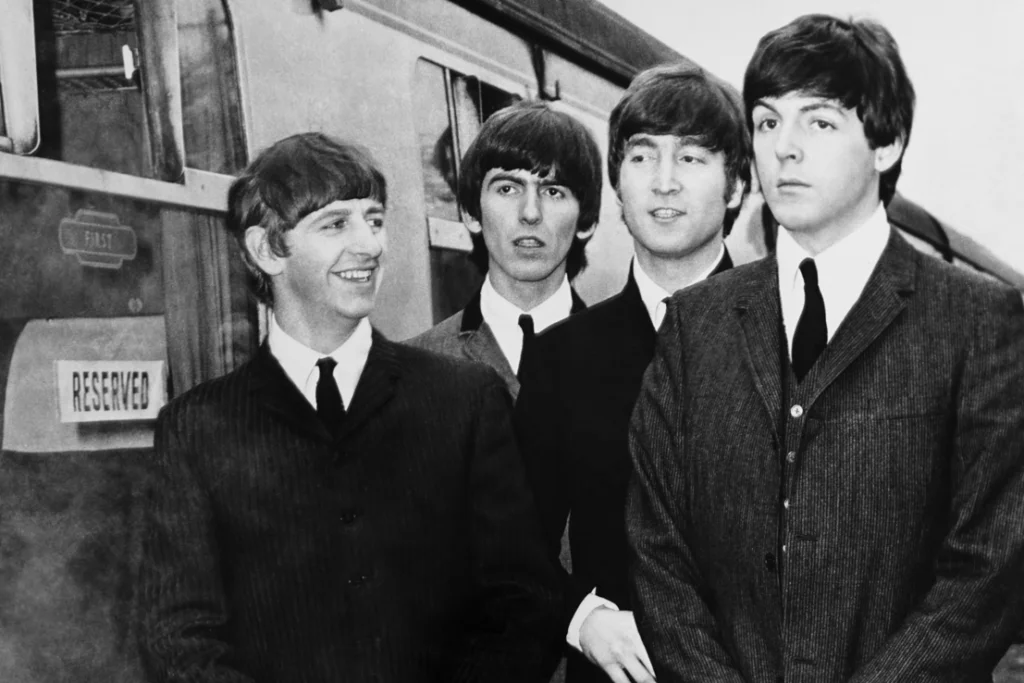
When The Beatles released “Sgt. Pepper’s Lonely Hearts Club Band,” it wasn’t just an album—it was an artistic revolution. The way they combined rock, classical, and experimental sounds was groundbreaking, creating a genre-defying masterpiece that still resonates today. Its use of studio techniques, like multitracking and tape loops, were way ahead of its time and would go on to influence countless artists across genres. The album’s vibrant, psychedelic sound helped shape the counterculture movement of the ‘60s, and it continues to inspire musicians who push boundaries in their own work.
The way The Beatles blurred the lines between pop music and art is something modern artists like Beck and Radiohead draw from. The experimental approach to music-making showcased on “Sgt. Pepper” wasn’t just a fleeting trend—it became a blueprint for future generations of musicians who aren’t afraid to experiment with sound and structure. Today, Sgt. Pepper is regarded as one of the most innovative albums of all time, showing how the ‘60s were a pivotal era for the music industry’s evolution.
2. Bob Dylan’s “Like a Rolling Stone” (1965)
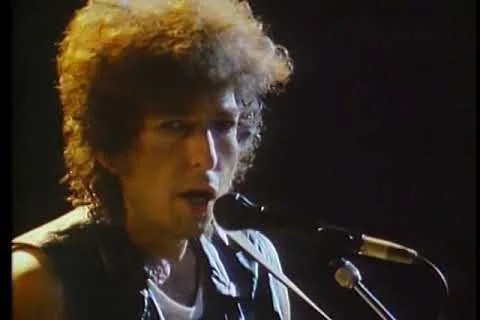
When Bob Dylan released “Like a Rolling Stone,” it marked a dramatic shift in both the lyrical content and structure of popular music. At over six minutes long, the track broke the conventional radio format, introducing a storytelling style that was as poetic as it was raw. Dylan’s blend of folk with a rock edge was revolutionary, and the track’s biting, reflective lyrics captured the disillusionment of a generation. It paved the way for singer-songwriters and artists to explore deeper themes in their lyrics, giving rise to a whole new form of introspective pop.
Dylan’s influence is still felt today, with artists like Kendrick Lamar and Lana Del Rey incorporating vivid, narrative-driven lyrics into their music. “Like a Rolling Stone” proved that pop music could be more than just catchy tunes—it could also be a powerful vehicle for social commentary and personal reflection. This timeless track continues to shape how modern musicians approach both songwriting and storytelling.
3. The Velvet Underground’s “The Velvet Underground & Nico” (1967)
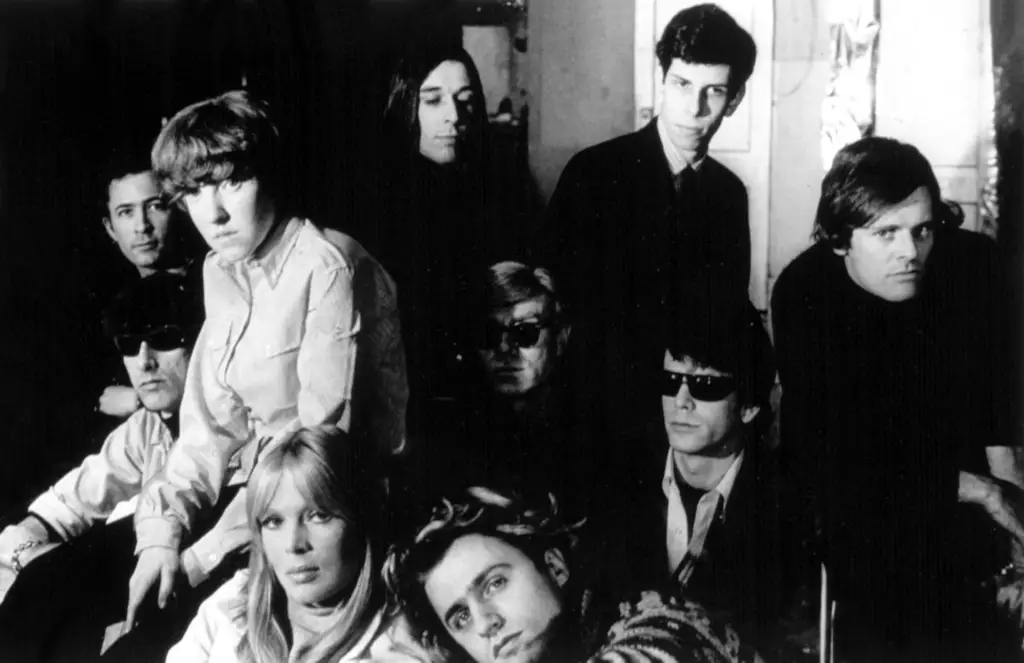
Although The Velvet Underground & Nico initially received little commercial attention, it has since been hailed as one of the most influential albums in music history. Their raw, avant-garde sound, blending rock, experimental, and art music, shocked listeners in the best way possible. Songs like “Venus in Furs” pushed boundaries with their dark, brooding atmosphere and controversial subject matter. The album’s fusion of dissonant tones, poetic lyrics, and minimalist instrumentation was a radical departure from mainstream music at the time.
Today, The Velvet Underground is often cited as the inspiration behind the indie and alternative rock movements. Bands like R.E.M., Sonic Youth, and Arcade Fire have all acknowledged the massive influence this record had on their music. The group’s willingness to take risks and create something unlike anything before it paved the way for artists to embrace artistic freedom and explore unconventional sounds in their own work.
4. Jimi Hendrix’s Woodstock Performance (1969)
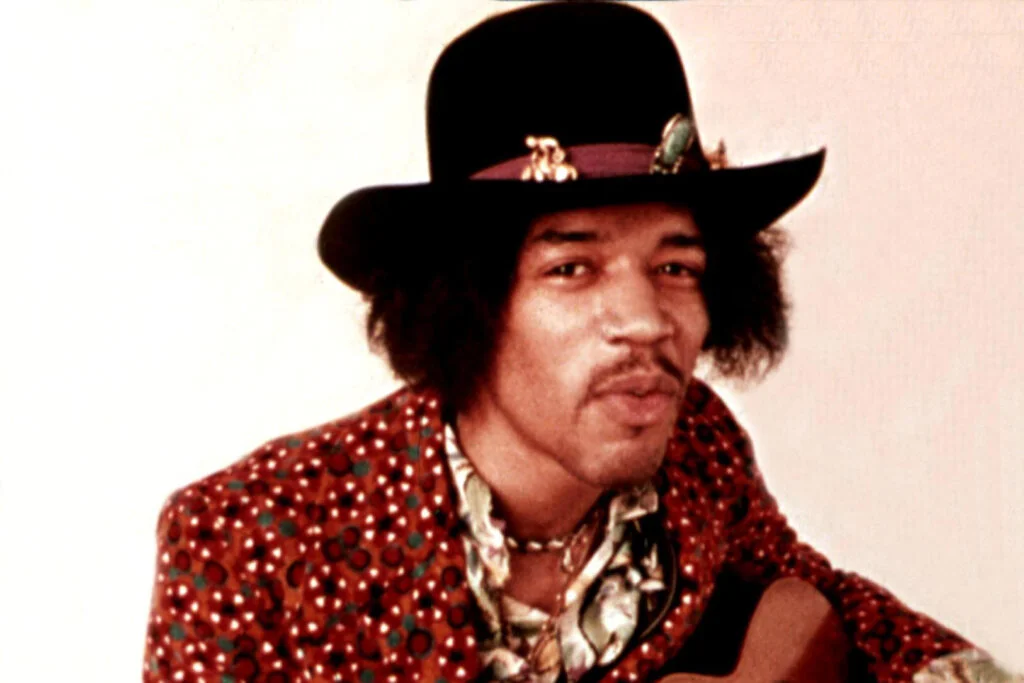
Jimi Hendrix’s iconic performance at Woodstock in 1969 remains a defining moment in rock history. His rendition of “The Star-Spangled Banner” was a stunning reimagining of the national anthem, filled with distorted feedback and whammy bar dives that captured the social and political unrest of the era. The performance was audacious, pushing the boundaries of what was possible with the electric guitar and challenging the norms of live performance. It was a moment of rebellion, showing how music could serve as a powerful statement against the status quo.
The influence of Hendrix’s Woodstock performance is still felt today, particularly in the world of rock and experimental guitar playing. Modern artists like Jack White and St. Vincent have drawn inspiration from his boundary-pushing approach to guitar playing and his fearless live performances. Hendrix’s ability to use music as a form of protest and self-expression set the stage for future artists to explore new genres and deeper, more personal themes in their work.
5. The Supremes’ “You Can’t Hurry Love” (1966)
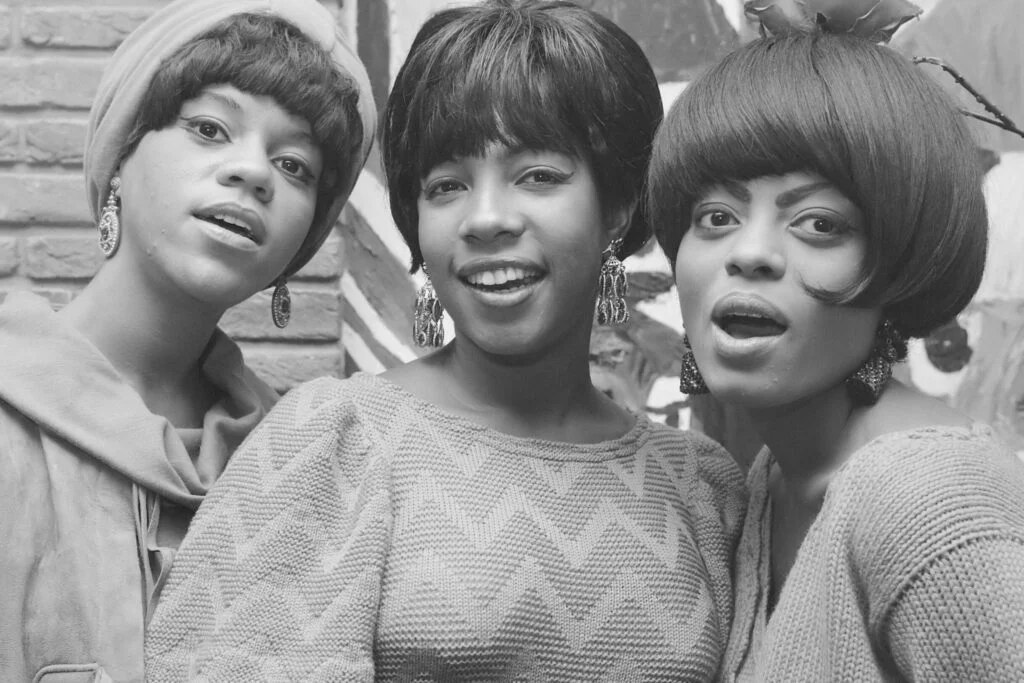
The Supremes helped bring Motown to the mainstream with hits like “You Can’t Hurry Love,” which showcased their impeccable vocal harmonies and catchy melodies. The song’s upbeat, poppy sound paired with its message of patience and emotional growth resonated deeply with audiences. The rhythmic, driving beat and lush orchestration provided the blueprint for future soul and pop acts. It was one of the first tracks to successfully blend the sophistication of pop with the emotional depth of soul, and its infectious rhythm remains unforgettable.
Artists like Ariana Grande and Beyoncé have paid homage to The Supremes, incorporating their vocal harmonies and style into their own music. “You Can’t Hurry Love” broke down barriers for female vocalists, proving that pop and soul could coexist seamlessly. The song’s timeless quality continues to influence artists who strive to capture that blend of catchy hooks and deep emotional resonance in their own work.
6. The Byrds’ “Turn! Turn! Turn!” (1965)
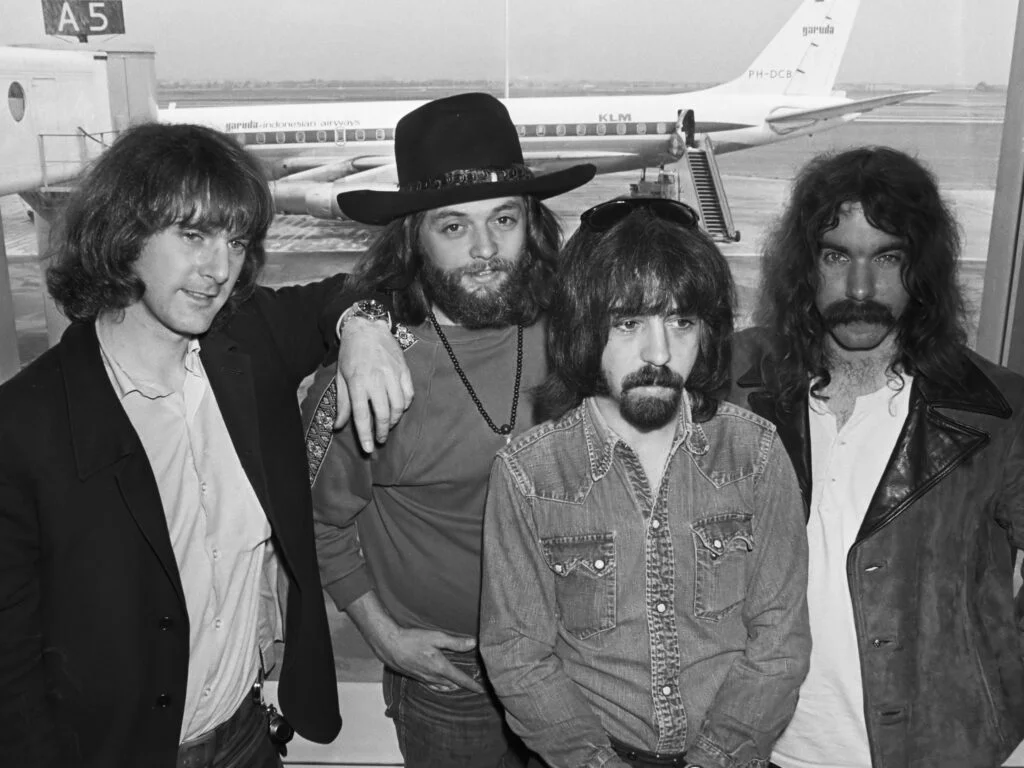
The Byrds’ “Turn! Turn! Turn!” is one of the quintessential folk rock songs of the ‘60s, blending the earnestness of folk music with the energy of rock and roll. The song’s message of peace and love, set against the backdrop of the turbulent 1960s, resonated with listeners who were seeking solace during a time of great social upheaval. The track’s jangly guitars and tight harmonies became the foundation for the folk rock genre, which would influence bands like R.E.M. and The Smiths years later.
The Byrds’ ability to blend folk traditions with rock’s growing popularity set the stage for the singer-songwriter movement that would dominate the ‘70s. Today, folk rock remains a staple genre, and the band’s influence can be heard in the music of contemporary acts like Fleet Foxes and The Decemberists. “Turn! Turn! Turn!” stands as a testament to how music can capture the spirit of its time and leave an enduring legacy for future generations.
7. Aretha Franklin’s “Respect” (1967)
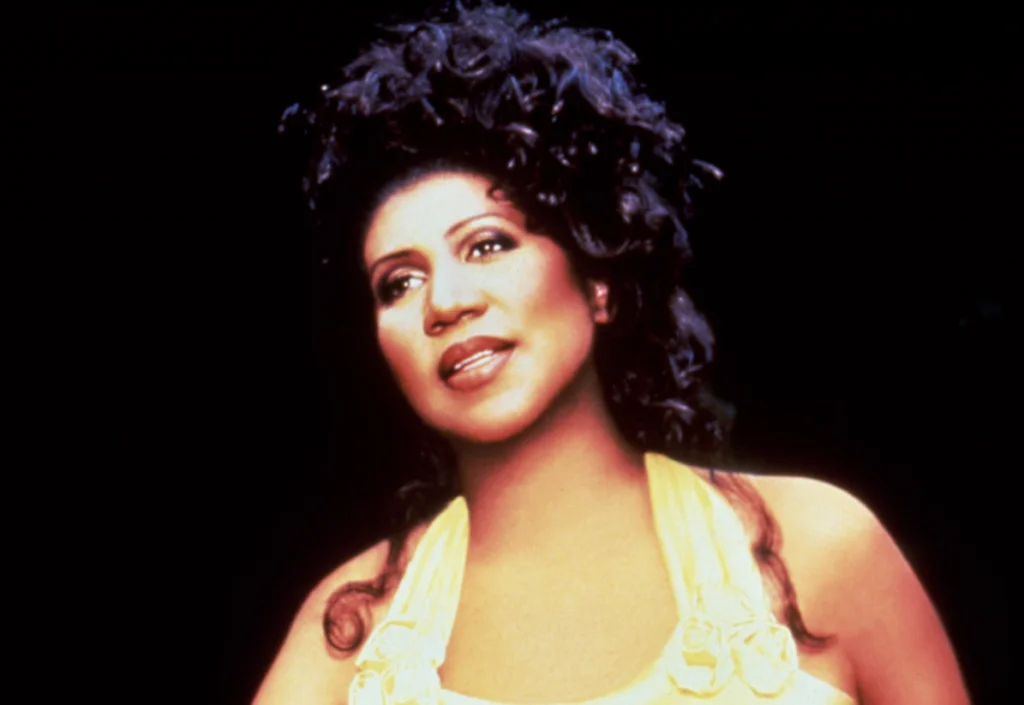
When Aretha Franklin recorded “Respect,” she didn’t just make a song—she made a statement. The track became an anthem for the civil rights and feminist movements, demanding respect and equality in a powerful, soul-filled voice. The song’s catchy refrain and Franklin’s gospel-inspired vocal performance redefined what soul music could accomplish. It turned into a cultural milestone, demonstrating how music could serve as a tool for activism and social change.
“Respect” continues to influence generations of artists, from Whitney Houston to Beyoncé. Franklin’s boldness in combining political activism with music set a precedent for modern artists to use their platform for social commentary. The song remains one of the greatest examples of how the power of a single track can echo through history, influencing movements and shaping the landscape of popular music.
8. The Rolling Stones’ “(I Can’t Get No) Satisfaction” (1965)
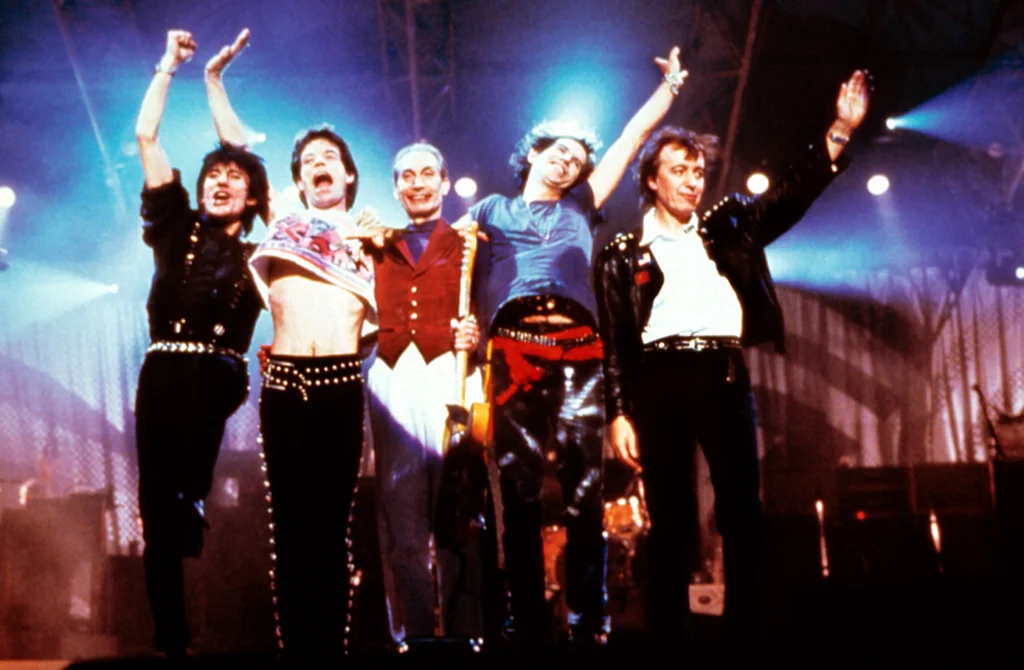
When The Rolling Stones released “(I Can’t Get No) Satisfaction,” it became an instant anthem for disillusioned youth everywhere. With its driving riff and rebellious lyrics, the song captured the frustration and angst of the 1960s counterculture. The track was revolutionary in its approach to rock music, focusing more on raw energy and emotion than on technical proficiency. Its infectious hook and defiant attitude set the stage for the rock anthems that would define the next few decades.
Artists like The Strokes and The White Stripes have cited The Rolling Stones as an influence on their own music, particularly when it comes to creating tracks with raw, edgy energy. The impact of “Satisfaction” is still felt today, as its riff remains one of the most iconic in rock history. The song’s combination of social rebellion and musical innovation made it one of the ‘60s most enduring moments.
9. The Beach Boys’ “Good Vibrations” (1966)
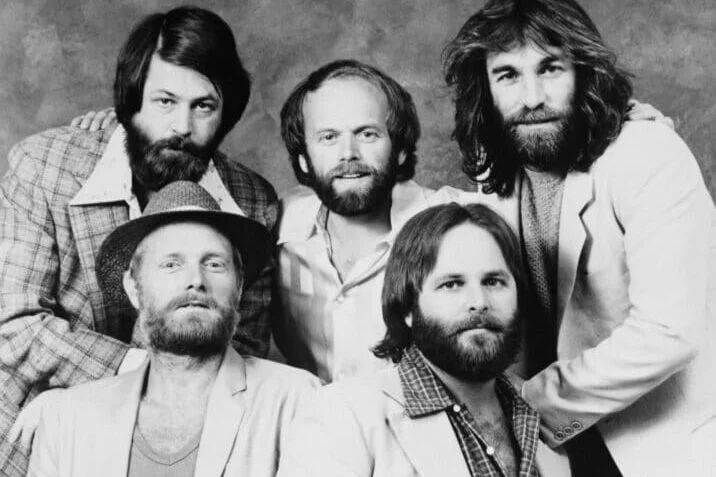
When The Beach Boys released “Good Vibrations,” they redefined what pop music could sound like. The song was a feat of musical complexity, incorporating lush vocal harmonies, unconventional instruments like the theremin, and intricate production techniques. Its psychedelic atmosphere and experimental structure were far ahead of its time, influencing future generations of musicians who were eager to experiment with sound in new ways. The song’s combination of light-heartedness and depth made it an instant classic.
Today, artists like Tame Impala and MGMT still draw inspiration from the unique blend of psychedelic rock and pop found in “Good Vibrations.” The track’s elaborate production and its use of unconventional sounds set the stage for the experimental music of the ‘70s and beyond. It remains one of the most influential songs of the ‘60s, a prime example of how The Beach Boys helped shape the future of pop and rock music.
10. The Doors’ “Light My Fire” (1967)
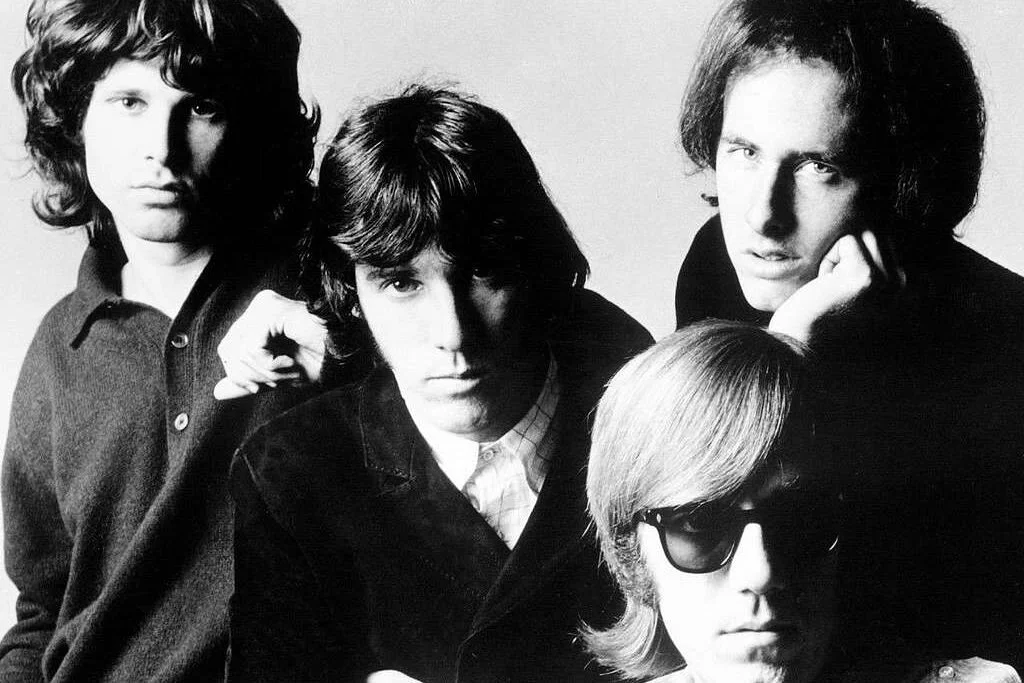
When The Doors released “Light My Fire,” it wasn’t just another song—it was a journey. The track’s hypnotic organ riff, Jim Morrison’s haunting vocals, and the extended instrumental breakdown were nothing short of revolutionary. At over seven minutes long, the song defied the conventional structure of pop music at the time, allowing for a more experimental approach to songwriting. It was a perfect reflection of the psychedelic era and the cultural shift happening in the ‘60s.
The song’s influence can still be heard in modern rock and psychedelic music, with bands like The Black Keys and The Flaming Lips drawing inspiration from The Doors’ unique sound. “Light My Fire” helped redefine the possibilities of what rock music could accomplish, turning it into something far more experimental and immersive. Its timeless appeal lies in how it captured the mood of an era while also pushing the boundaries of music.
11. Simon & Garfunkel’s “The Sound of Silence” (1964)

Simon & Garfunkel’s “The Sound of Silence” wasn’t just a folk song—it was a cultural statement. The song’s introspective lyrics, paired with its minimalist guitar arrangement, tapped into the collective anxiety and disillusionment of the early 1960s. The track’s quiet, meditative tone was a stark contrast to the more bombastic pop music of the time, and it became an anthem for those who felt alienated from the rapid changes occurring in society. Its powerful use of silence and space within the music was revolutionary.
Artists like Kurt Cobain and Bon Iver have cited Simon & Garfunkel as influences in their own emotionally charged, acoustic-driven songs. “The Sound of Silence” showed how music could be used to convey complex emotions without relying on grand production or elaborate instrumentation. Its impact on modern folk and indie music continues to resonate, proving that even the simplest arrangements can leave a lasting impression.
12. The Mamas & The Papas’ “California Dreamin’” (1965)
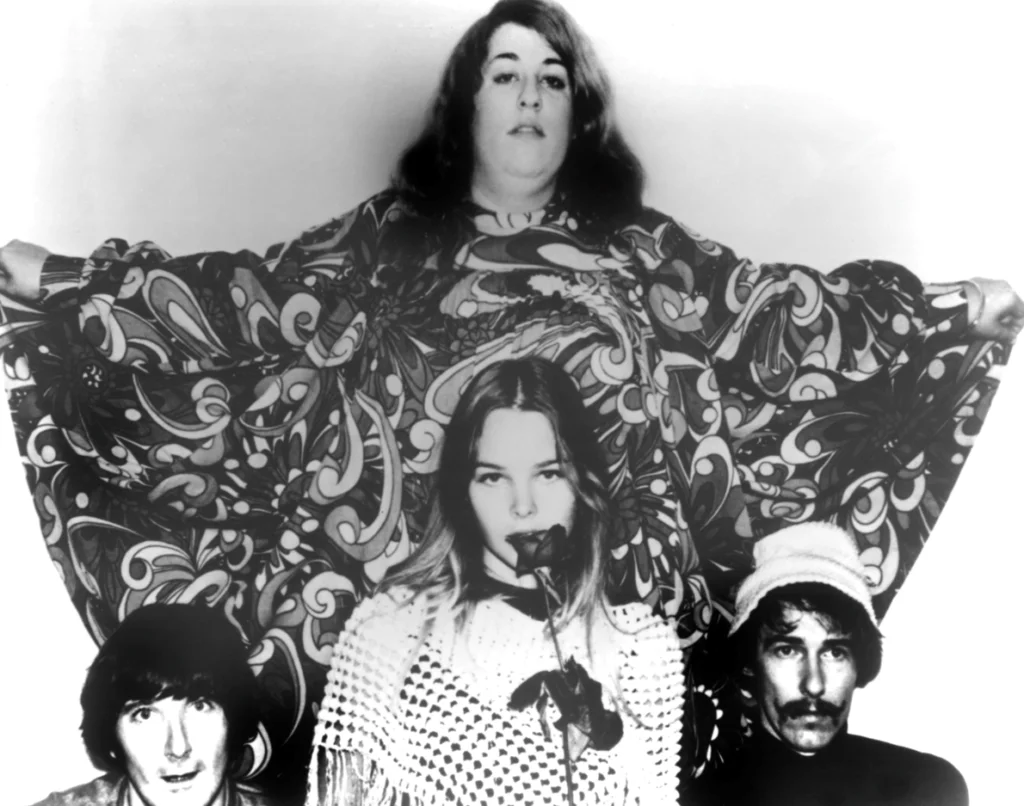
When The Mamas & The Papas released “California Dreamin’,” it quickly became an anthem for those longing for change and a fresh start. The song blended folk, pop, and rock in a way that had never been heard before. Its lush vocal harmonies and sweeping orchestration set it apart from other tracks of the time, while its melancholy lyrics tapped into the emotional landscape of a generation yearning for escape. It became one of the defining songs of the ‘60s, capturing the restless spirit of the time.
The song’s enduring influence can be seen in modern acts like Fleetwood Mac and The Shins, who have incorporated The Mamas & The Papas‘ blend of folk and pop into their own music. “California Dreamin’” remains a perfect example of how music can capture both personal longing and broader cultural shifts, making it a timeless classic that continues to influence artists today.
13. The Rolling Stones’ “Paint It Black” (1966)
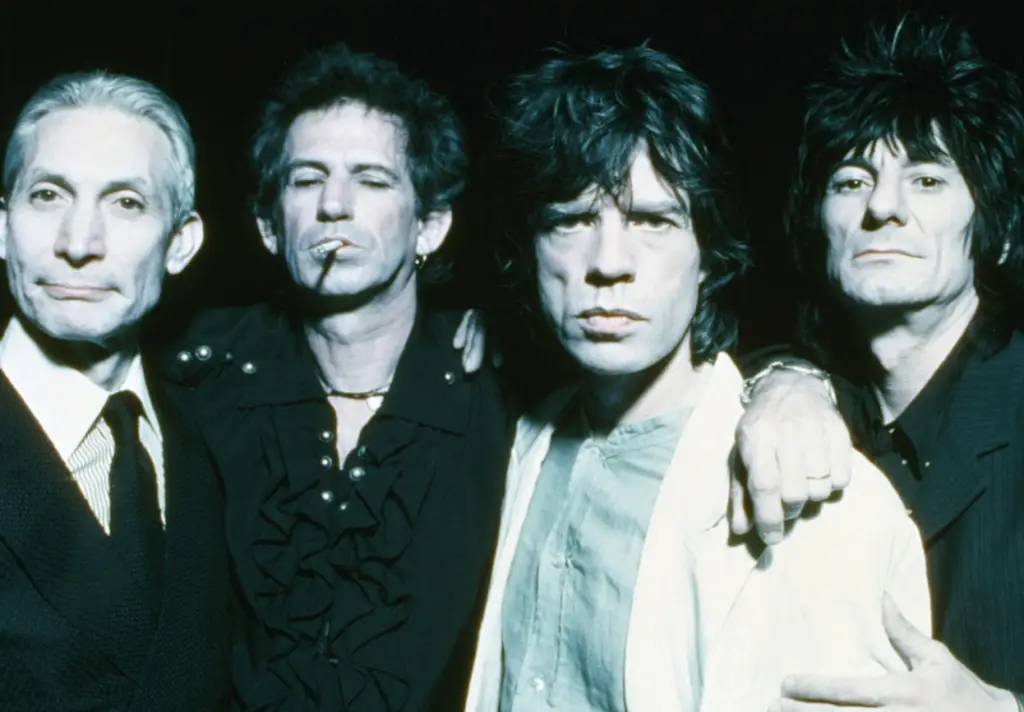
When The Rolling Stones released “Paint It Black,” they ventured into darker territory with a song that combined rock with Indian influences. The use of a sitar in the track gave it a unique sound that was unfamiliar to mainstream rock audiences at the time. The song’s introspective lyrics and driving rhythm made it a standout, tapping into themes of loss and despair that resonated deeply with listeners. It was a bold move for a rock band, showing their willingness to experiment and push the boundaries of the genre.
The song’s influence can be seen in the work of artists like The Doors and The Verve, who have incorporated similar Eastern influences into their music. “Paint It Black” remains one of The Rolling Stones’ most innovative songs, blending rock with exotic sounds to create something truly groundbreaking. It helped define the ‘60s as an era of musical experimentation, leaving a lasting legacy on the rock genre.


